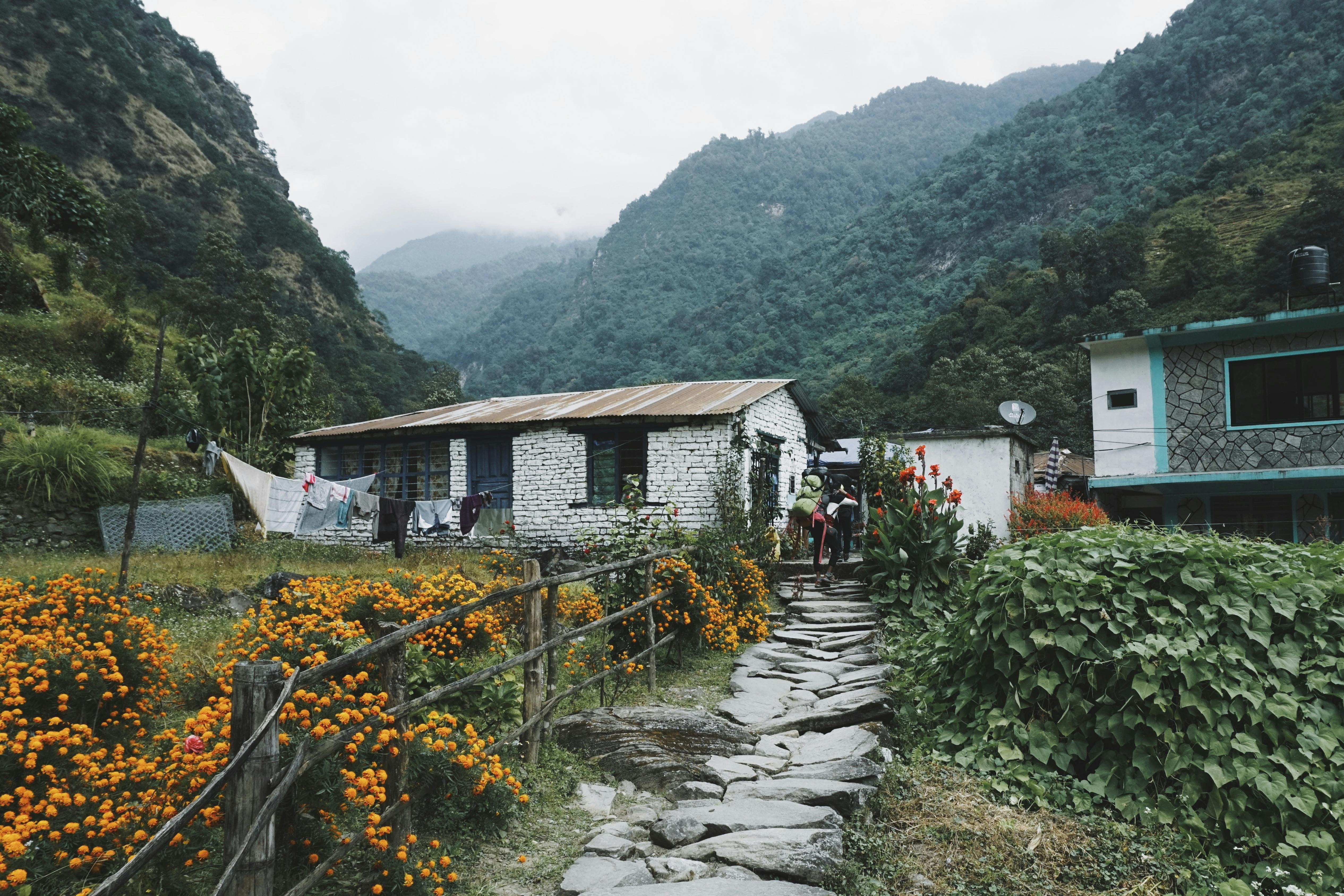Creating a fenced-in garden is an excellent way to protect your plants from pests, debris, and other outdoor elements. It can also be a beautiful addition to your outdoor space. Building your own garden fence requires careful planning and preparation, as well as the right materials and tools. In this guide, we’ll walk you through the entire process of building a fenced-in garden, from planning your design to constructing the fence itself. With the right preparation and guidance, you can build a secure and attractive fencing solution for your garden in no time.Planning for a fenced-in garden requires careful consideration of the space, the materials to be used, and the purpose of the garden. First, it is important to measure the area that will be enclosed within the fence. This will help determine what type of fencing materials are needed and how much they will cost. Additionally, it is important to consider what type of plants or vegetables will be grown in the garden and how they will be spaced out. The fence should also be designed in a way that allows for easy access to the garden. Finally, it is also important to consider any drainage or irrigation needs that
Choosing the Right Fencing
Fences are an important part of any home or property. They provide security and privacy while also adding to the aesthetic appeal of your home. But when it comes to choosing the right fencing for your home, there are many factors to consider. Different types of fences have different advantages and disadvantages, and it is important to select one that best meets your needs. Here are some tips for choosing the right fencing for your home or property:
First, you should consider the purpose of your fence – is it primarily for
Preparing the Soil
Preparing the soil for planting is essential for a healthy and successful garden. It involves loosening the soil to a depth of about 8-12 inches, removing weeds, rocks and other debris, adding organic matter such as compost, and adjusting the pH level if needed. To loosen the soil, use a shovel or spade to dig into the ground. For larger areas, you may want to consider renting a rototiller. Once you have dug up the soil, use your hands to remove any large chunks of debris such as rocks or weeds
Selecting Suitable Plants
When selecting plants for any garden, it is important to consider a variety of factors. Location, climate, soil type, water requirements and available space are all important considerations when choosing which plants to include. It is also important to think about the aesthetic appeal of the plants and how they will look in the overall landscape design.
Location is an important factor when selecting plants. Knowing the climate of the area will help determine which plants will thrive in that area. Some plants may require more or less sunlight than others, so it is important to
https://images.pexels.com/photos/1101140/pexels-photo-1101140.jpeg
Selecting and Installing Fencing Posts
Fencing posts are an important aspect of any fence installation. When selecting posts for a fence, it is important to consider the type of fence being installed, the soil conditions, the type of post material and other factors. The posts should be strong enough to support the weight of the fence, and be long enough to provide adequate support for the fencing material. When installing fencing posts, it is important to ensure that they are secure in the ground and that all necessary hardware and fasteners are used.

Installing the Fencing Panels
Installing a fence is a great way to add privacy and security to your property. Fencing panels can be installed in various configurations, depending on what you need them for. Before installing, it is important to make sure that the fencing panels are the correct size, as well as durable enough to withstand any weather conditions they may face. Once you have selected the right type of fencing panel, it is time to begin the installation process.
The first step is to mark out where you would like the fence panels to be placed
Securing the Fence to Posts
Securing your fence to posts is essential for ensuring the stability of your fence. This can be done by using nails, screws, bolts, or other fasteners. When choosing the type of fastener to use, it is important to consider the weight and size of the fence as well as the type of material used. For example, if you are using a wooden fence, then nails or screws may be appropriate. However, if you are using a metal fence then bolts may be better suited.
Adding Gates to the Garden Fence
Adding a gate to your garden fence is a great way to create an inviting entrance and provide an extra layer of security. A gate can also provide visibility for visitors, allowing them to easily locate your home or business. Whether you choose a traditional wooden gate, an ornate wrought iron one, or something more modern and unique, this simple addition can add a lot of style and character to your outdoor space.
When selecting a garden gate, it’s important to consider the size of the opening, as

Conclusion
Building a fenced in garden is an easy and efficient way to protect your plants from being destroyed by animals and pests. It also helps to keep out weeds and debris from your garden, allowing it to look its best. You can use a variety of materials to build your fence, including wood, stone, plastic, or metal. When deciding which material is best for you, consider the long-term maintenance that will be necessary for the material you choose. The most important thing is to make sure that the fence is strong enough to keep out animals and pests while still
